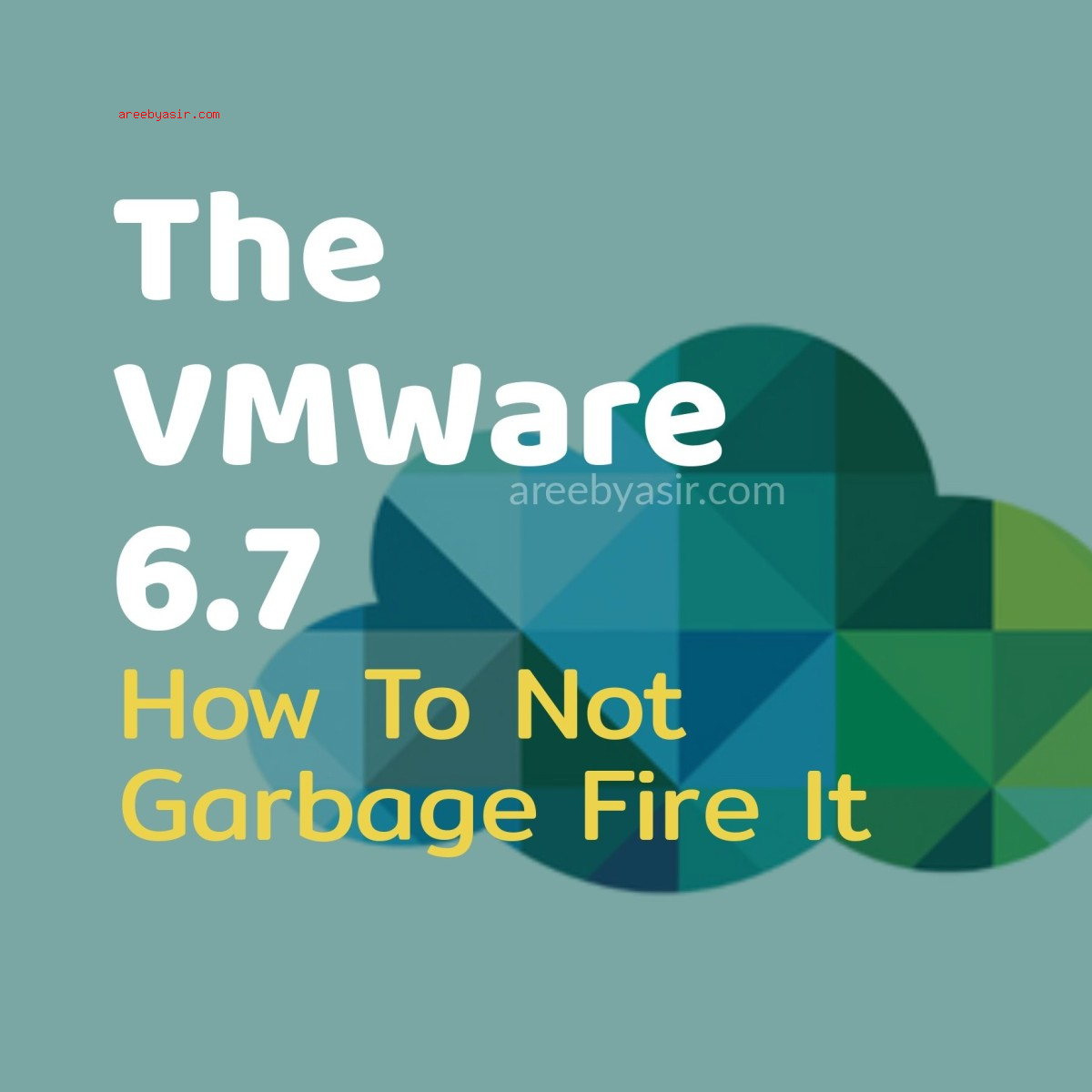VMWare 6.7 A Blast From The Past

Or A Blast To Their Market?
I’ve used VMWare on and off over the years but mainly during the pre-opensource days before the days of Virtualbox, KVM, Xen, OpenVZ etc… and have dabbled and helped maintain some VMWare clusters over the years.
Anyone familiar with VMWare or who Google’s it will see lots of dire warnings about upgrading to the next version since the upgrades often break existing servers. This is mainly not because of the Linux Kernel but VMWare seems to have a policy of blacklisting and hardcoding what network adapters, ILOs and CPUs are supported in each release.
Indeed the majority of blogs you will find deal exclusively with warnings of what is not supported and how to get around various restrictions.
But 6.7 seems like a marked departure from the standard. It has dropped support for the majority of CPUs previously supported even up to 6.5.
I’ve also found it be fairly buggy especially getting vSphere working nicely on 6.7 ESXi hosts.
So this brings me to the next point, VMWare has literally shrank their market share but making it so their existing customers or a lot of people who may have used VMWare literally cannot use it (at least not with the latest 6.7 version). Since there is not a lot of hardware that supports 6.7 the logical solution for many, even existing users is to simply migrate their VMWare VMs to something opensource based on KVM whether that would be Proxmox, oVirt, OpenStack etc…
Now, I do understand VMWare wants to prevent their marketshare and they’ve likely worked out agreements with hardware manufacturers on what gets obsoleted since a lot of large corporate customers will simply just buy brand new hardware that is supported.
But to me it’s just not a green solution when the same “obsolete” hardware is more than capable of supporting large scale computing infrastructure for a long time to come. Computing power is so affordable and up there today the problem for hardware manufacturers is that so many organizations even with old hardware don’t need to upgrade (of course save for VMWare mandatory hardware obsoletion).
Aside from all of this VMWare is a fairly good system but I feel it is starting to quickly become attractive after reviewing a lot of community feedback and talking to colleagues in the industry. There’s a huge push to migrate to KVM based virtualization and I feel the latest VMWare 6.7 will hasten this move.




